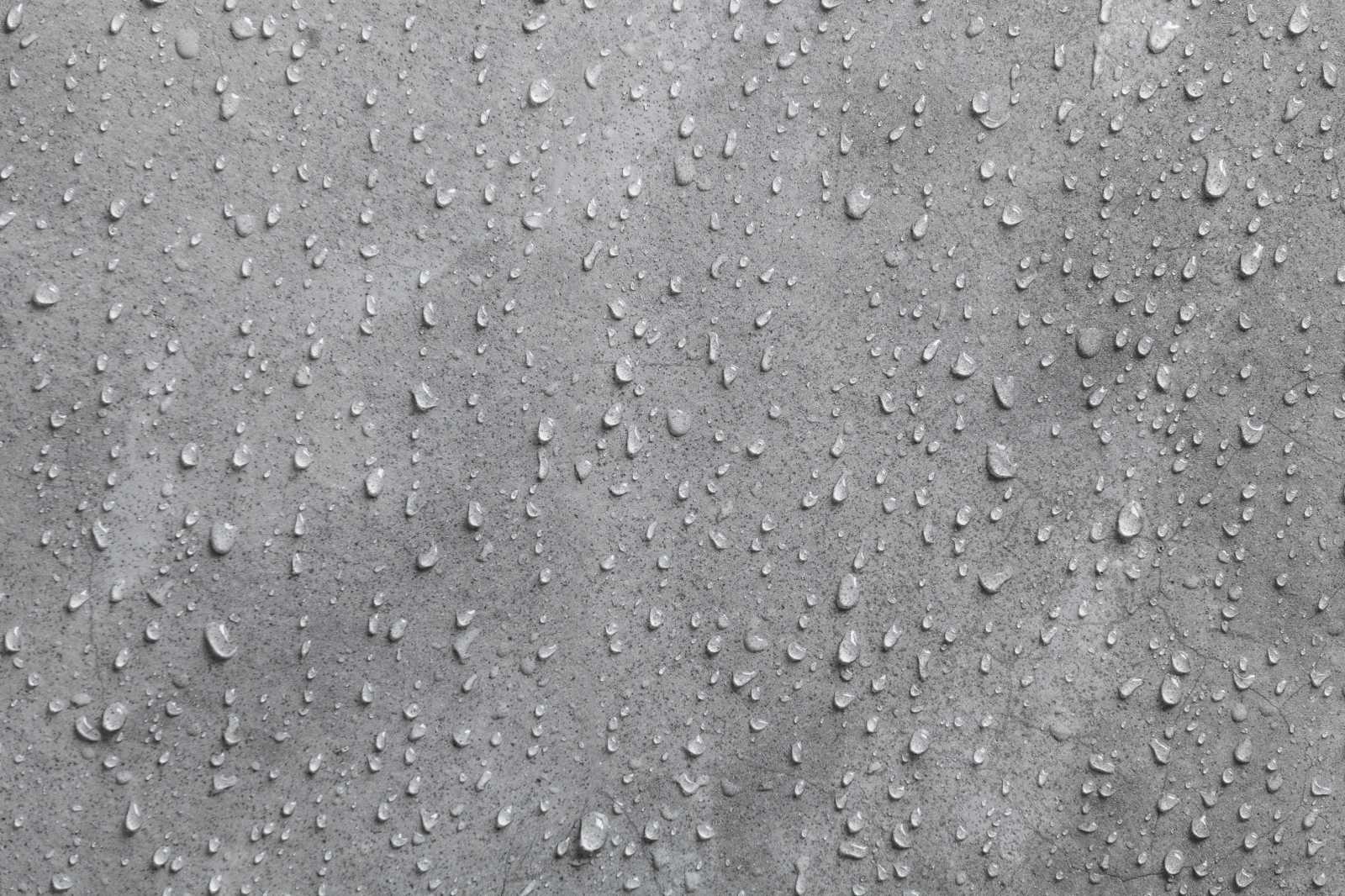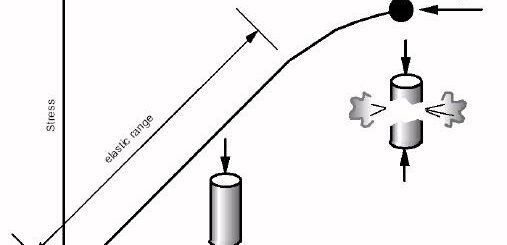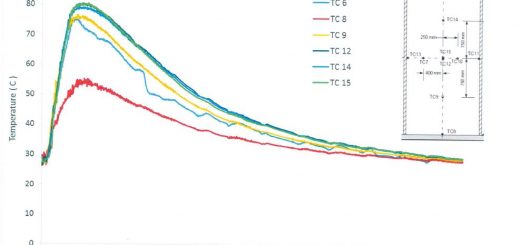Permeability of Concrete Overview
As civil and structural engineers, it is essential to have a comprehensive understanding of the permeability of concrete when making decisions related to its utilization. Concrete is a versatile construction material that is widely used in many building projects due to its strength and durability. However, its permeability is also an important factor to consider for its suitability to a particular project. This blog article provides an overview of the permeability of concrete and explores key aspects of it to consider when making structural decisions.
To understand the permeability of concrete, it is first necessary to understand what porosity is. Porosity is the presence of voids in a material. These voids can be filled with air, water, or other fluids. The porosity of concrete is a measure of the voids in the material. The concrete’s permeability is a measure of how easily fluids can move through the material. The higher the porosity of the concrete, the higher the permeability.
There could be different factors and situations that affect the permeability.
- Water Cement Ratio
- Compaction of Concrete
- Type of Aggregate
- Cement Type
- Curing of Concrete
One of the key factors that affect the permeability of concrete is the type of aggregate that is used in the mix. The aggregate is the primary filler material in concrete and is typically made up of coarse rocks or gravel. The porosity of the aggregate affects the porosity of the concrete. Coarser aggregates have larger voids and are more porous than fine aggregates. As a result, they can increase the permeability.
The type of cement used in the concrete mix also affects its permeability. Cement is a binding agent that helps to hold the aggregates together. The type of cement used can either increase or decrease the concrete’s porosity. For example, Portland cement is a type of cement that is often used in concrete mixes. It is made up of limestone and clay.
The limestone is finely ground and the clay is mixed with water to form a slurry. The slurry is then burned in a kiln to form the Portland cement. The burning of the limestone produces carbon dioxide gas. This gas escapes from the cement as it sets and hardens, leaving behind tiny pores. As a result, Portland cement is more porous than other types of cement and can increase the permeability of concrete.
To further increase the permeability of concrete, adding admixtures such as fly ash or silica fume can be effective. Fly ash is a by-product of coal combustion and is often used as an admixture in concrete. It increases the concrete’s porosity, which in turn increases its permeability. Silica fume is another type of admixture that can be added to concrete. It is a by-product of the production of silicon and ferrosilicon alloys. Like fly ash, it increases the porosity of concrete and therefore its permeability.
When deciding whether or not to use concrete in a particular project, the permeability must be carefully considered. The permeability of concrete can be affected by the type of aggregate used, the type of cement used, and the addition of admixtures. These factors must be taken into account to determine whether or not concrete is the right choice for the project.




